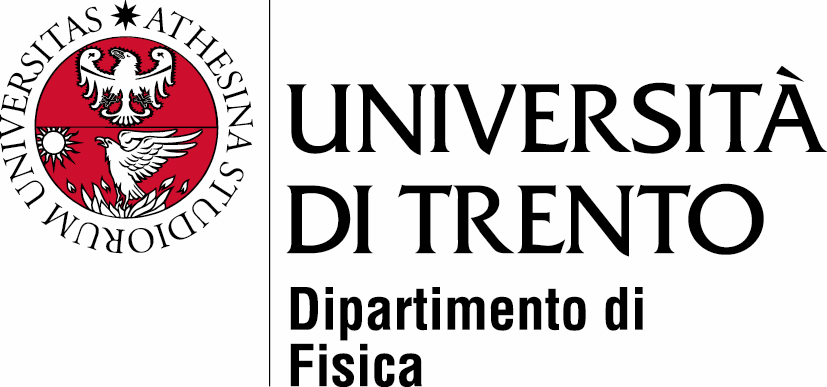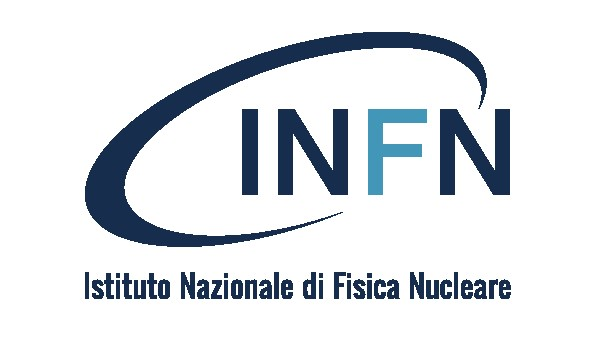Laser Cooling of Positronium
Abstract
Positronium (Ps), the short-lived bound state of an electron and a positron surviving annihilation only 142 ns in its parallel-spin ground-state configuration (ortho-Ps), is a prime testing ground for both bound-state QED and for constraining violations to the Weak Equivalence Principe (i.e., the perfect equivalence between inertial and gravitational masses) in the lepton sector. So far, the precision of existing experiment and the feasibility of proposed newer schemes has been limited by the large velocity distribution of Ps sources, to reduce which, laser Doppler cooling along the 13S-23P has been proposed over 30 years ago, and not yet demonstrated so far even in a proof-of-concept experiment.
We present here the first Ps Doppler cooling experiments, conducted within the context of the AEgIS (Antimatter Experiment, Gravity, Interferometry, and Spectroscopy) experiment based at CERN’s Antiproton Decelerator facility, adopting a custom-built alexandrite laser to cool ortho-Ps along the 13S-23P transition in its short 142 ns lifetime. This laser was custom-designed to meet the demanding requirements of such experiment: pulse energies of several mJ in the deep UV (243 nm), bandwidth of about 100 GHz, pulse duration above 100 ns with a fast falling edge. Ps cooling was observed by measuring the Doppler broadening of its 13S-33P line with a second laser, right after cooling was completed. The equivalent temperature of the Ps atoms exiting from a porous target (at room temperature) hit by a positron beam decreased from 380 K to 170 K, corresponding to a decrease of the transversal component of Ps rms velocity from 54 km/s to 37 km/s.
Such methodology will allow, in the near future, developing unprecedented Ps sources below the 10 K temperature and with high intensities, opening the field of precision spectroscopy and gravitational experiments with Ps, as well as being a milestone step towards the first Bose-Einstein Condensation of an antimatter species.
L. T. Gloggler et al. (The AEgIS collaboration), Positronium Laser Cooling via the 13S−23P Transition with a Broadband Laser Pulse, Phys. Rev. Lett. 132 (2024), 083402 https://doi.org/10.1103/PhysRevLett.132.083402
Who is Ruggero Caravita?
Ruggero Caravita is an INFN permanent staff researcher(INFN) at the Trento Institute for Fundamental Physics and Applications (TIFPA), since 2022. Coordinator of the INFN CSN3 at TIFPA. Spokesperson of the AEgIS collaboration at CERN.
He holds a PhD in physics at Dept. of Physics, Università degli Studi di Genova (2017), was Senior Research Fellow, Exp. Phys. Dept., CERN (2017-19), Marie Curie Fellow and fixed-term staff researcher, INFN – TIFPA (2019-22).
He is a main expert in plasma and antimatter physics, and laser manipulation of antiparticles.





